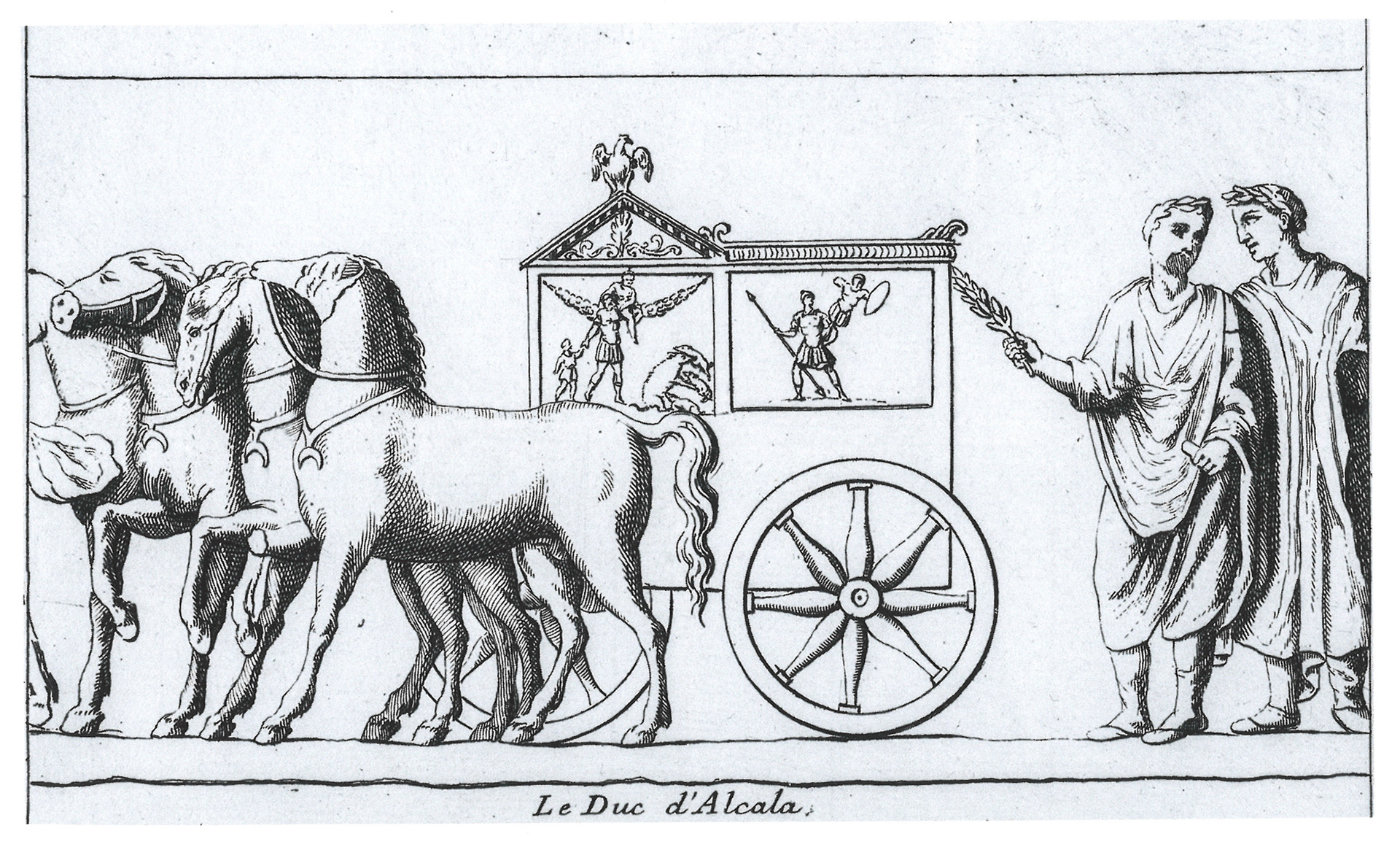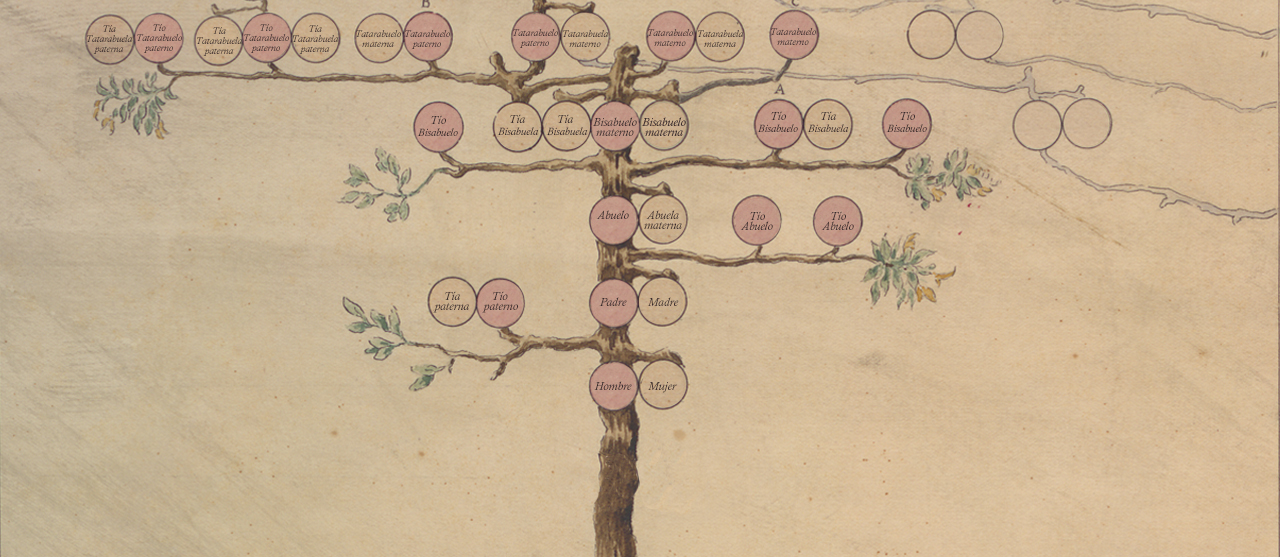1st Duke of Alcalá de los Gazules
Per Afán de Ribera (1509-1571)
Per Afán de Ribera, II Marquis of Tarifa and I Duke of Alcaláwas born in 1509 in the house that his grandmother, Catalina de Ribera, had ordered built for her father, Fernando Enríquez de Ribera - the second son of the IV Adelantados Mayores de Andalucía - today known as Las Dueñas. In 1539, when his uncle Fadrique died without a legitimate posterity, he was granted the succession in the entailed estates of the Enríquez de Ribera family, coming to live in the main residence of this lineage, today known as the Casa de Pilatos.The succession of his grandmother, in accordance with her grandmother's will, was to be passed on to his second line, that is, to his younger brother Ferdinand.
In Seville he had numerous links with the circle of humanists: its secretary Cristóbal de las Casaswas a close friend of Fernando de Herrera and John of Malara; But Mexia dedicated his "Colloquiums" to him and was friends with the Drs. Egidio and ConstantinoThe latter were canons from Seville who undertook a humanist spiritual renewal that ended with an inquisitorial process for Lutheranism.
In 1554 he was appointed Viceroy of Catalonia "because he had the qualities that were required of him and because he was not in Seville."According to an epistolary confession by the then Prince Philip to his father, the king, alluding to the scandal caused in Seville by his obstinacy in repudiating Leonor Ponce de León on the pretext that she had been unfaithful to him with the Duke of Medina Sidonia. Perhaps the reason given by the then prince was no more than an excuse to persuade his father of the appointment, in order to continue to turn the government of the monarchy around with a new rise of a member of the court faction led by Ruy Gómez de Silva, Prince of Eboli. In the government of the viceroyalty of Catalonia, his policies clashed with the privileged groups of the Principality, a circumstance that did not undermine Philip II's confidence in him, in 1558raised him to the dignity of Duke of Alcalá de los Gazulesthe first title bestowed by the new monarch, and named him Viceroy of NaplesHe was one of the most coveted posts by the Spanish aristocracy. His governmental work in the viceroyalty revolved around: controlling the growth of the city; applying the principles of the Counter-Reformation and strengthening the kingdom and its capital as a major naval base in the Mediterranean, in a decade characterised by the confrontation with the Ottoman Empire which culminated, shortly after the viceroy's death, in the Battle of Lepanto. This fortification of the coasts of the Kingdom of Naples with defensive towers was the occasion that enabled it to enter the Mediterranean. contact with a group of Italian engineers and architects. Among them were Benvenuto Tortello whom, in 1566, he sent to Seville with the commissioned to modernise its palace, the Casa de Pilatos, to exhibit the sculpture collection which he had trained in Naples.
It was in the viceroyalty that his inclination towards collecting classical antiquities was born, a late but intense passion, as attested by the correspondence of the humanist Juan de Verzosa Ponce de León, archivist of the Spanish Embassy, in which he cites the Duke of Alcalá as a buyer of antiquities on the same level as collectors of the stature of the Grand Duke Cosimo de Medici and Cardinal Farnese. Although the Duke of Alcalá bought sculptures all over Italy through various Italian antique dealers who served as his agents, an important part of his collection came from the purchase of the entire collection of Adrián Spadafora, the Neapolitan antique dealer who had most contributed to shaping his taste for marble collecting.
Suffering from gout and, wishing, according to the testimony of the aforementioned Juan de Verzosa, to return to his Andalusian domains to supervise, among other things, the extension and refurbishment of his Sevillian palace, he asked the king for his dismissal, a request that was denied, and died in the Parthenopean capital on 2 April 1571.
In his will he ordered to be buried in the family pantheon of the Carthusian monastery of Santa María de las Cuevas, under a bronze tombstone drawn and engraved by the sculptor Juan Bautista Vázquez the Old Man and melted down by Bartolomé Morel.
He died without legitimate descendants, and was succeeded in the Duchy of Alcalá and in the entailed estates of the house of Enríquez de Ribera by his brother Fernando.
Related content



